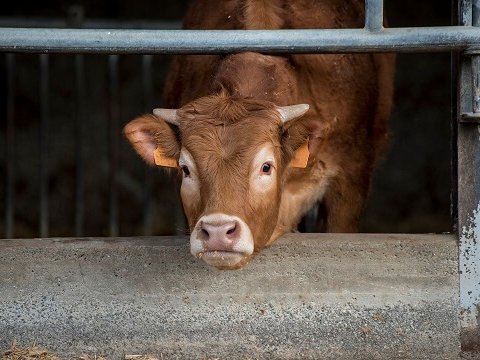Phytogenics improve the energy efficiency of ruminants
Rapidly rising feed prices, the current uncertain supply of feed components, and the rising environmental awareness are pushing the topic of efficiency in the focus of interest in animal production. We addressed this topic last year in fall regarding ruminants, especially beef cattle, and highlighted possible solutions for feed optimization. And how could it be any different, we are talking about phytogenic solutions.
Efficiency is key
The efficiency of energy utilization in ruminants is determinant for the profitability of meat production, as well as its environmental impact. Therefore, it has been a concern for animal nutritionists and producers for a long time. Through genetic selection and the development and application of new technologies and methodology, animal scientists and producers have improved the efficiency of ruminants converting feed energy into meat for human consumption.

Energy efficiency
When comparing meat production by cattle to other livestock, simple energetic efficiency is typically lower due to their reliance on forages and fibrous co-products as feeds and the role of fermentation in their digestion. Furthermore, fat and meat deposition are more energy costly than milk production, making some difference even within the ruminant animals.
Metabolic disorders
Feeding high-concentration diets favor beef growth, but an excessive amount of rapidly fermented starch could result in subacute ruminal acidosis (SARA). This intensive feeding system requires good control of ruminal fermentation since beef cattle diets are very low on fiber, impacting chewing and ruminating activities and saliva production, therefore reducing the physiological buffering capacity of the animal.
Did you know?
One of the most significant impacts of acidosis in beef cattle is the decrease of dry matter intake, which directly impacts the performance of the animals. This feed depression is linked with ruminal hypomotility by the direct action of the volatile fatty acids (VFAs) since chemical receptors in the epithelium send a feedback signal to the brain to reduce ruminal motility.

Phytogenic feed additives – what else?
Besides good management and a well-balanced diet, one of the best methods to reduce feed costs and improve feed efficiency of feedlot cattle is using phytogenic feed additives (PFA). Substances like saponins, essential oils and spices improve feed efficiency and, therefore, performance in beef cattle.
To confirm the beneficial effects of PFAs, different trials in beef cattle by using an innovative phytogenic solution, were conducted.
The results: promising.
In this article, published in All About Feed (Oct. 2021), you will discover how phytogenic feed additives contribute to reduce feed costs and improve feed efficiency.

Gonçalo Martins
Gonçalo Martins joined Delacon in December 2018 as a Customer technical service manager for the ruminant team. He is a veterinary, graduated from UTAD in Portugal and started his work as a practitioner in dairy farms. For the past 12 years, Gonçalo has been working within animal nutrition industry, mainly in the feed additives and feed supplements business. At the moment, he is responsible for the technical support of the ASPAC region, Portugal, Spain and Ukraine.










